The History of Dominio de Pingus
 Great wines start with fantastic vineyard grapes. Wonderful wineries start with a vision. You need patience for the grapes to grow on the vine. Then you need to know the proper conditions to ferment a juice to perfection.
Great wines start with fantastic vineyard grapes. Wonderful wineries start with a vision. You need patience for the grapes to grow on the vine. Then you need to know the proper conditions to ferment a juice to perfection.
Dominio de Pingus’s story begins in Quintanilla de Onésimo in Valladolid Province. Oenologist Peter Sisseck founded the brand in 1995. He took interest in older vineyards in the region and wanted to craft an individual taste. Peter Sissecki also manages the Pesquera de Duero estate Hacienda Monasterio. He cultivates Dominio vineyards in La Horra as well as Ribera del Duero.
Peter Sisseck, nicknamed Pingus as a child, was born in Denmark. He arrived in Spain in 1993. Since then, Sisseck has spent the past twenty years in Ribera del Duero.
Sisseck planted, developed and manage Hacienda Monasterio. While doing so, he dreamed of the old Tempranillo wines he observed around the Ribera del Duero landscape. Some of these wines were a century old. He was inspired to create his own wine, naming it Pingus.
The Winemaking Philosophy of Dominio de Pingus
Dominio de Pingus is to oenophiles what European white truffles are to gastronomes. These truffles are rare, valuable, and veritable. Sisseck intentionally created a vintage with similar qualities.
Thus, the philosophy of Dominio de Pingus may be described in Peter Sisseck's own words: "The vines in my plots are very old. They have never been fertilized nor treated with pesticides and all grow following the traditional en vaso system. They are perfect."
This philosophy recognizes the La Horra area of the Ribera del Duero region for its ideal climate. The temperamental fields produce rare wine under hot, arid conditions.
The Spanish winery in the Dominio de Duero Estate produces exclusive limited vintages. Flor de Pingus 2016, for example, received an unheard of 96 to 100 point score from Robert Parker's Wine Advocate. This score pronounced this quality wine as world-class and made it an oenophile's choice for wine collections.
Shipwreck in the Azores in 1997
When de Pingus was established, it produced a very limited first vintage of 325 cases. Prices were set at $200 (US) per bottle. This was already a high price point that determined who could purchase a Pingus.
In November 1997, however, this wine became scarce. The boat transporting a U.S. shipment disappeared off the Azores in the North Atlantic Ocean. 75 cases vanished with the ship.
The Azores are widely known for shipwrecks and lost treasures. This particular shipwreck and loss of Dominio de Pingus wine shipment resulted in a dramatic reaction in US wine markets. The prices of this wine rose to $495 per bottle. While the world mourned the loss, they paid for the value.
Wide Range of Prices
Sometimes we want a wine that we can display in our cellars. Other times, we want a sensible bottle for a celebratory night out.
Dominio wines occupy a large window of prices. If you cannot afford the 2016 Pingus, which costs $1090 USD per bottle, you could get a Flor De Pingus which is more affordable. The highest-end brew would be the Dominio de Pingus 2005 and 2008, which has been rated with 99 points by Robert Parker.
Contact finding.wine To Learn More
finding.wine wants to connect wine bottles with interested connoisseurs. We focus on educating, acquiring, and distributing vintages that interest customers looking for new horizons.
Reach out to us today to find out more. Let us introduce you to the wine Flor De Pingus 2014 and our great collection from different vintage and other Dominio bottles.

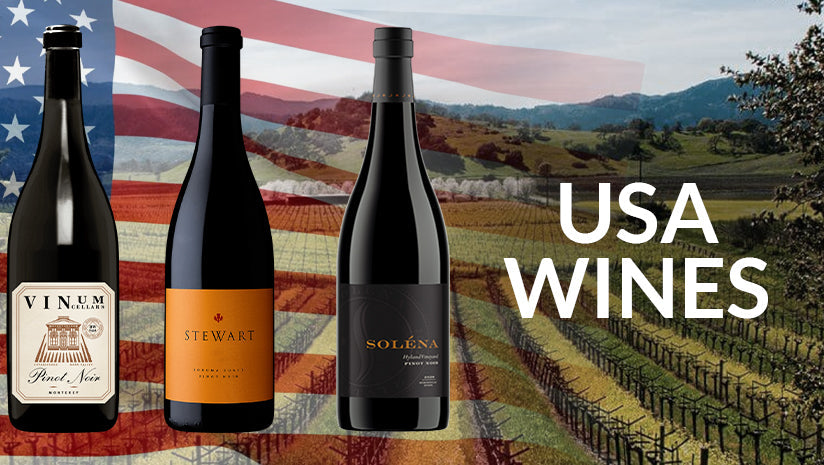
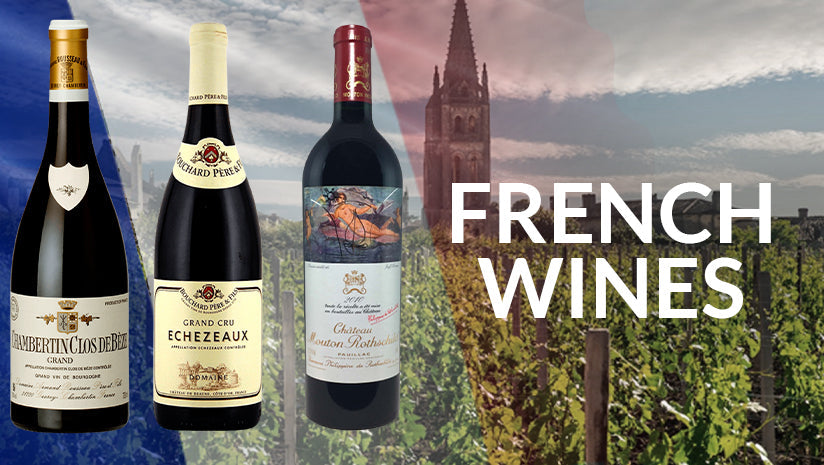
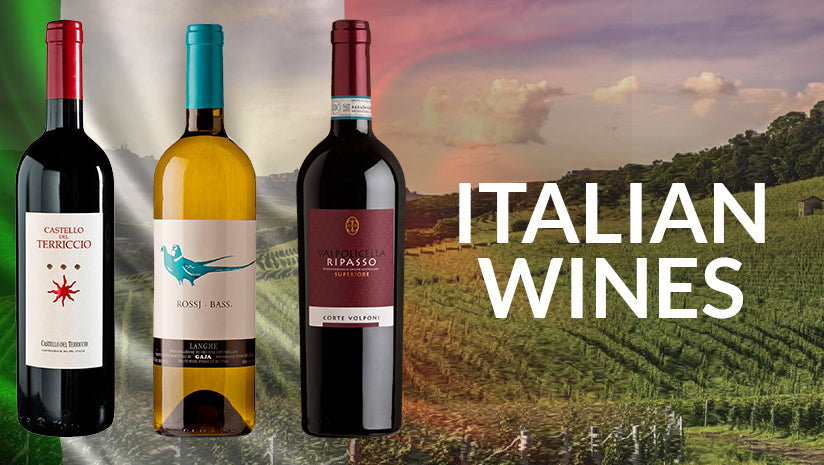
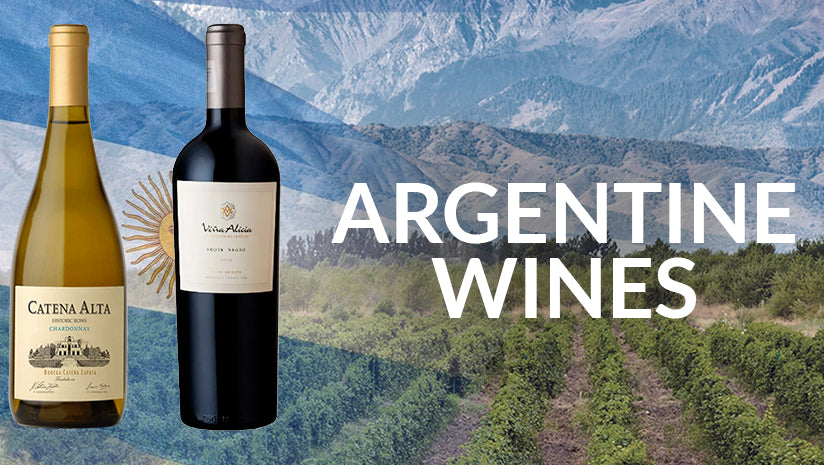
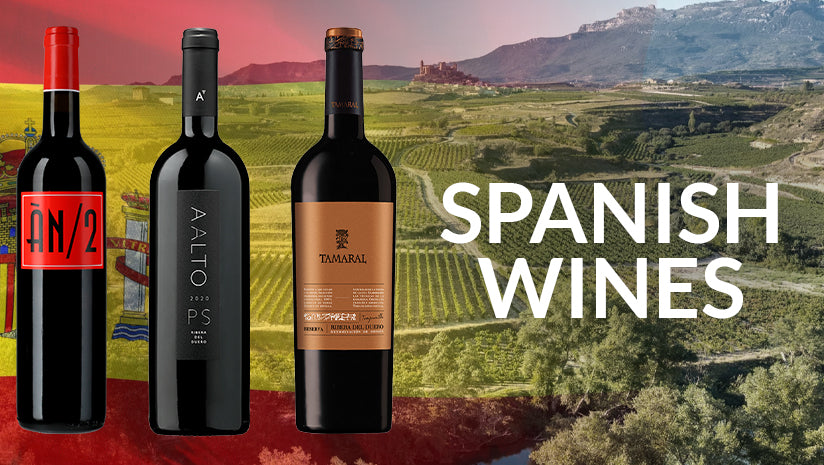
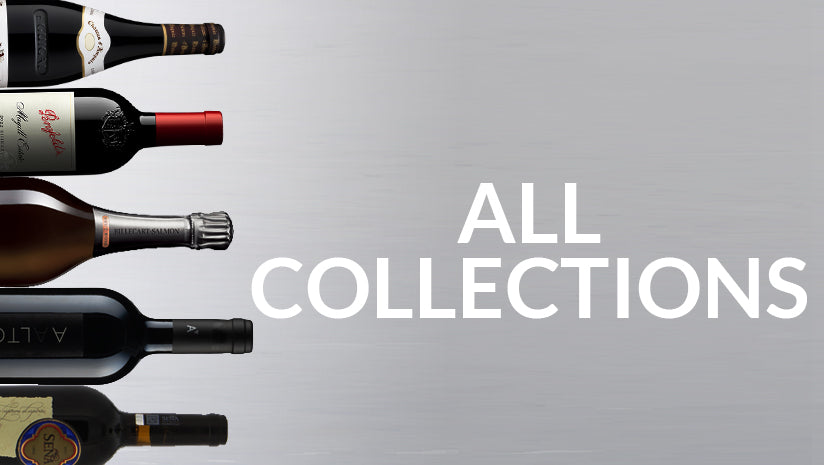


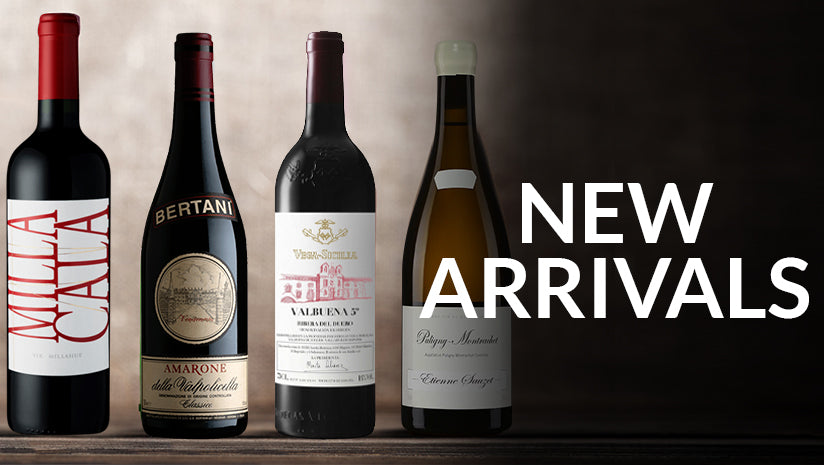

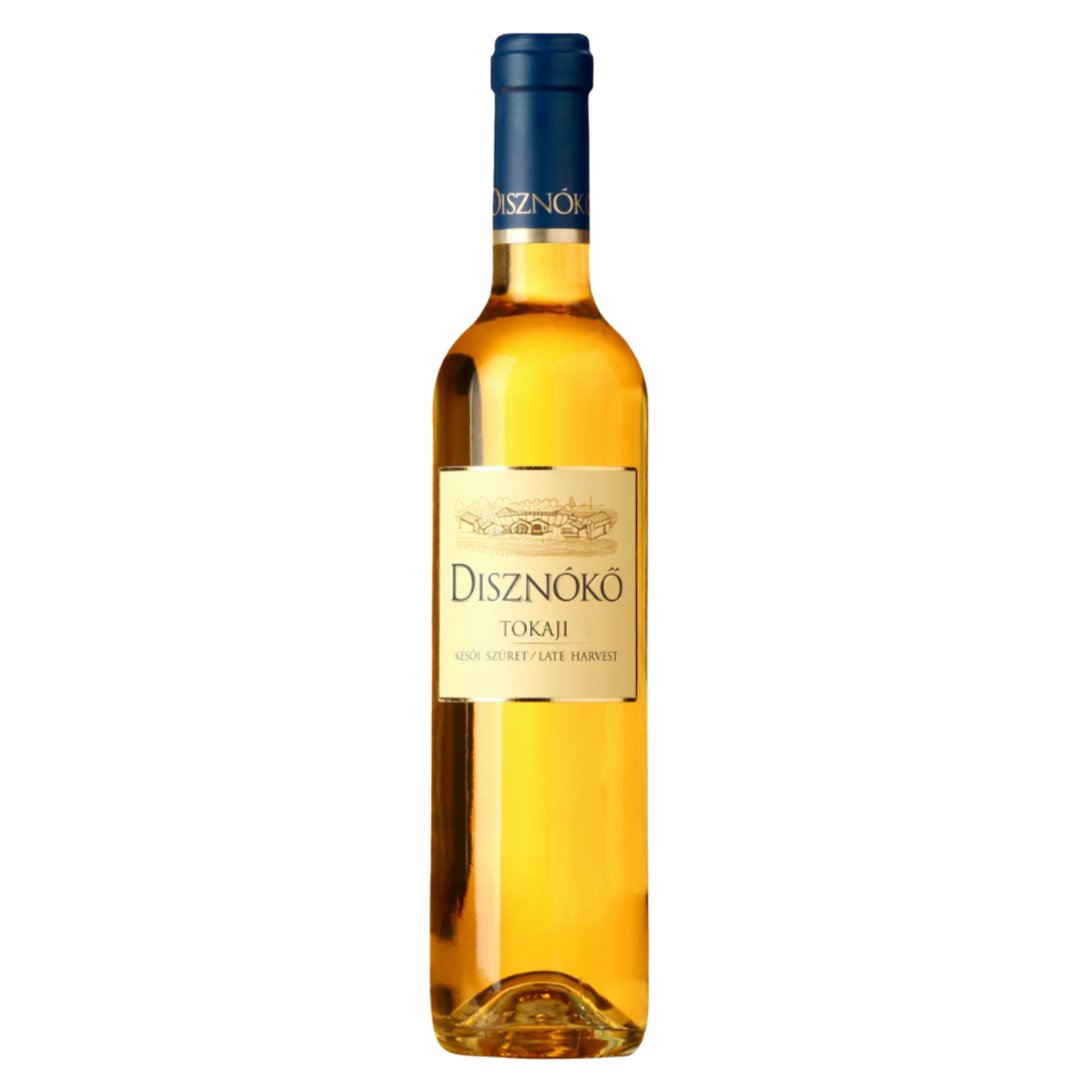
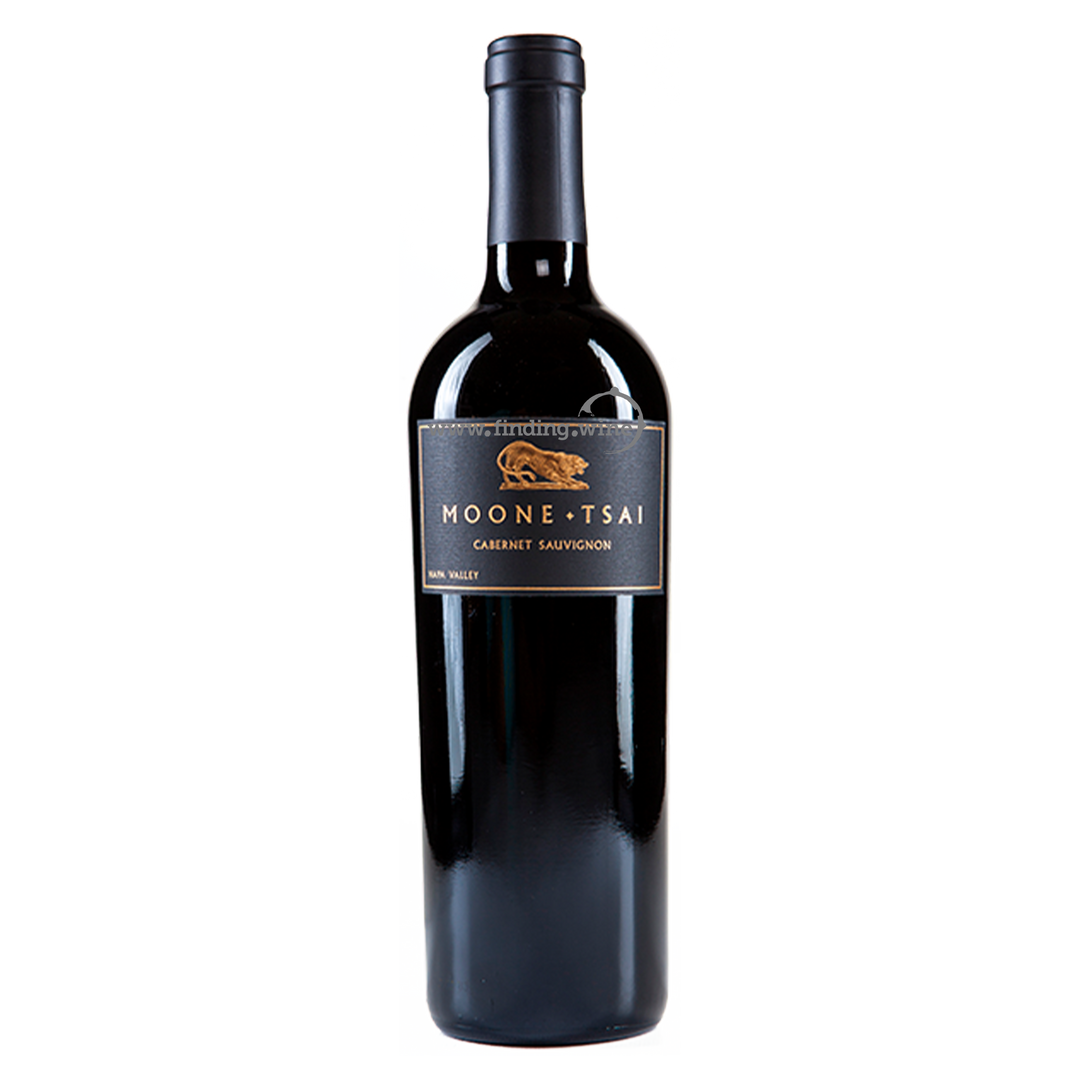
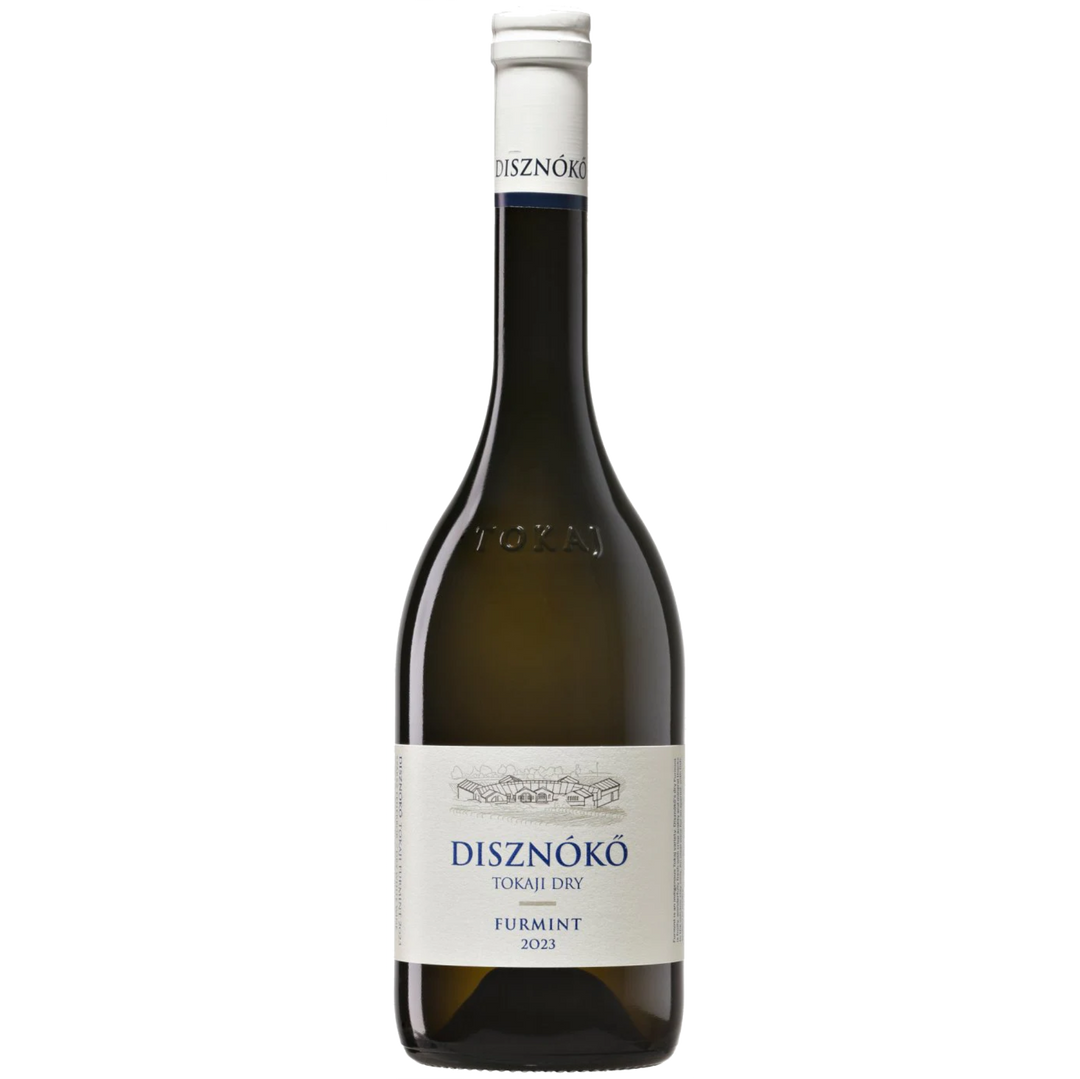

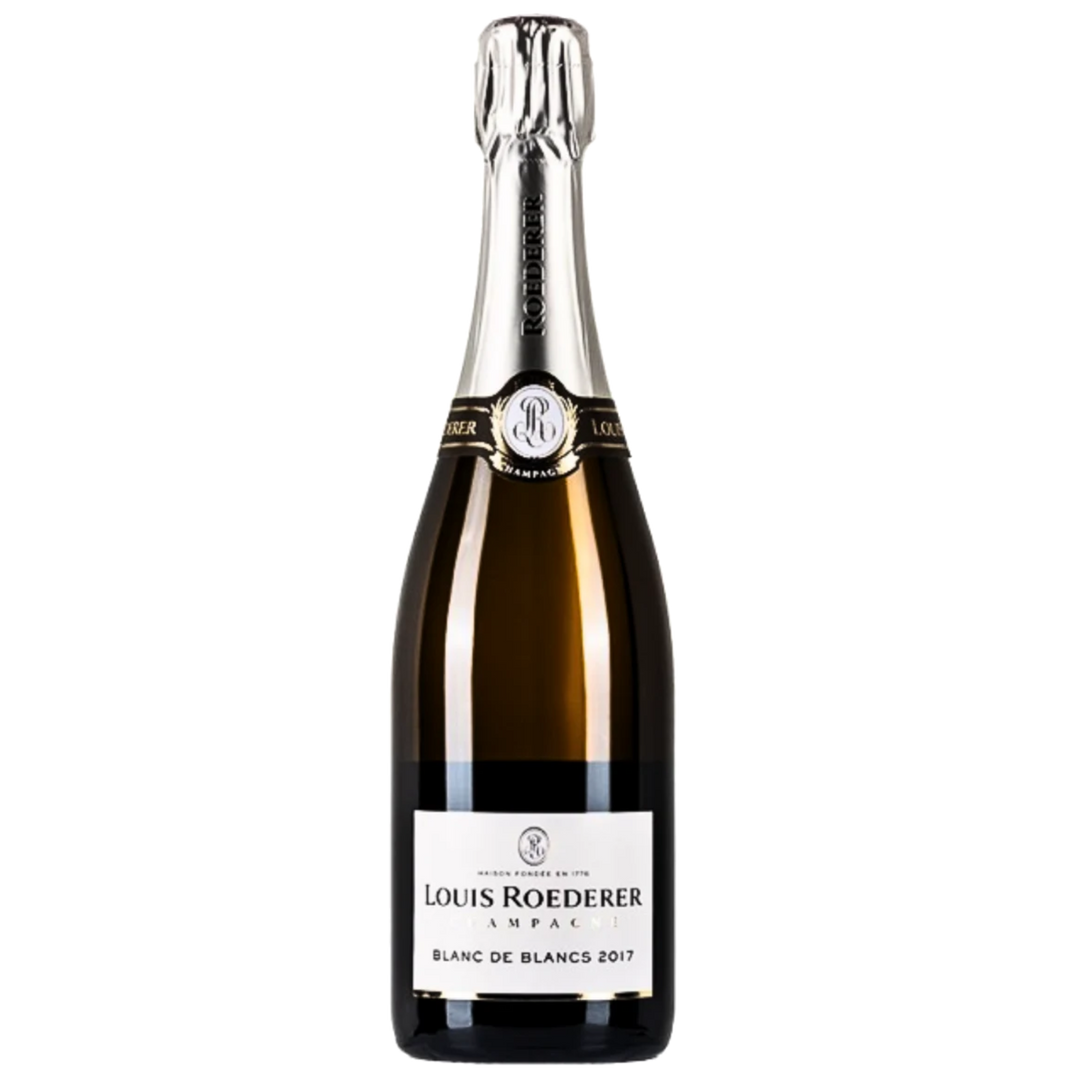
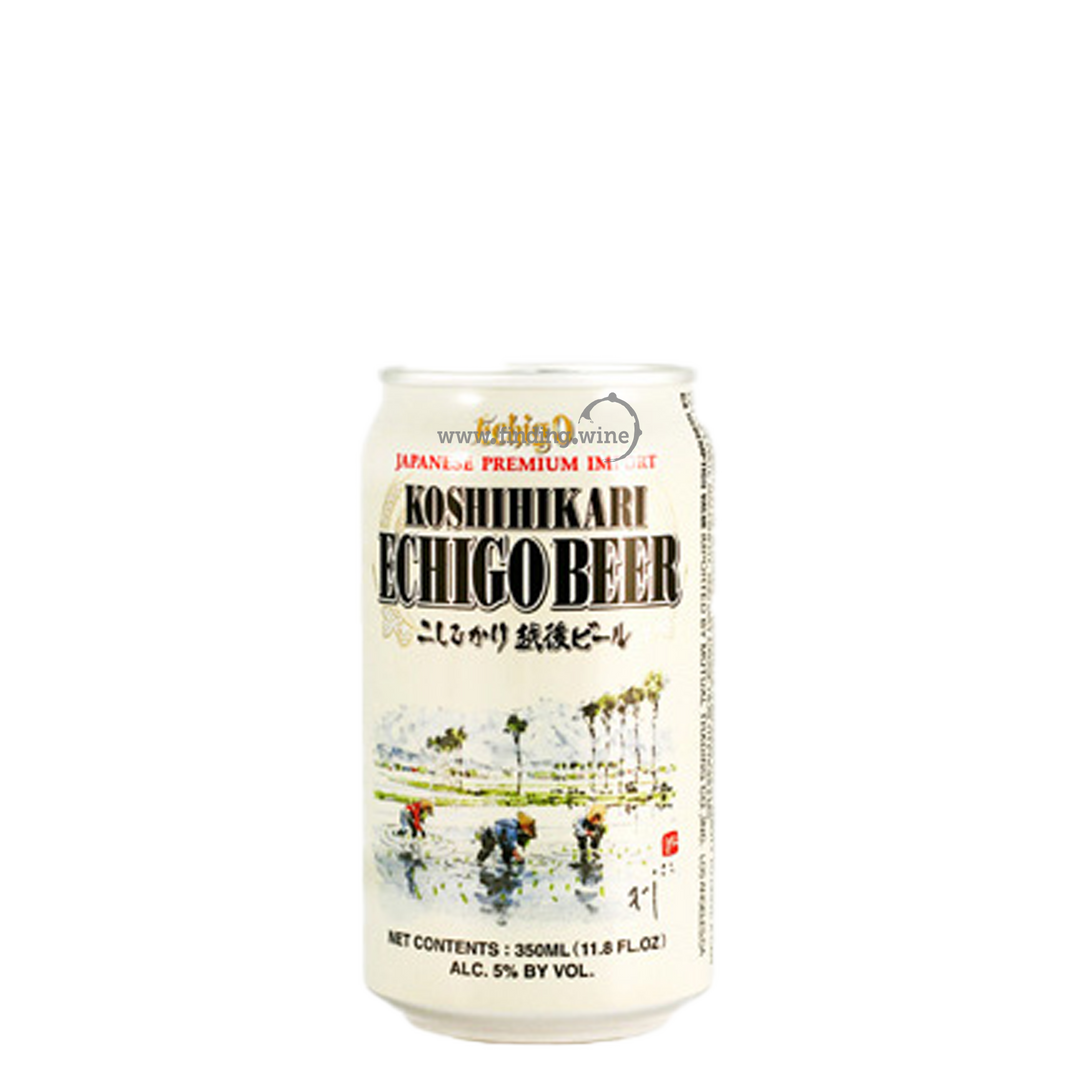
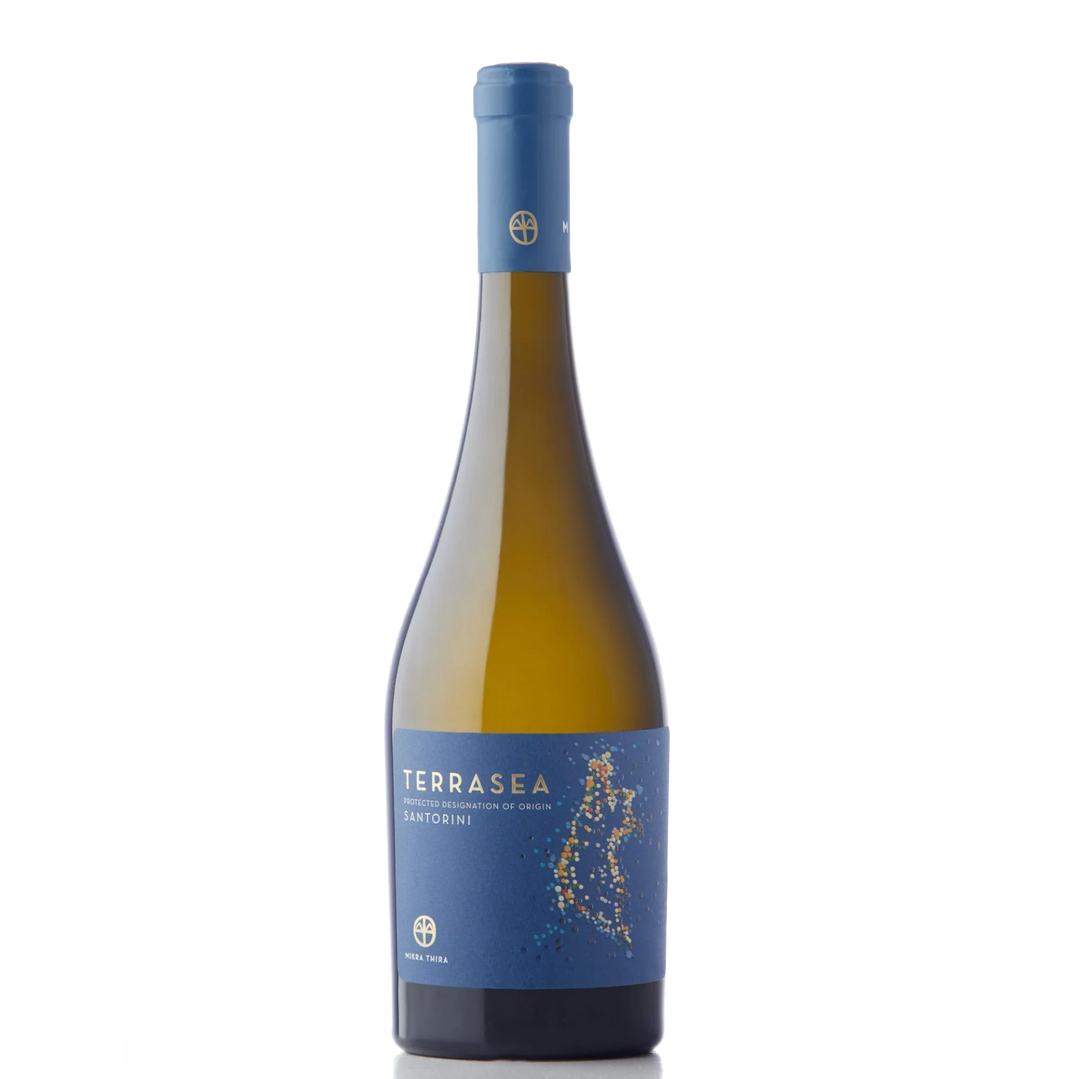
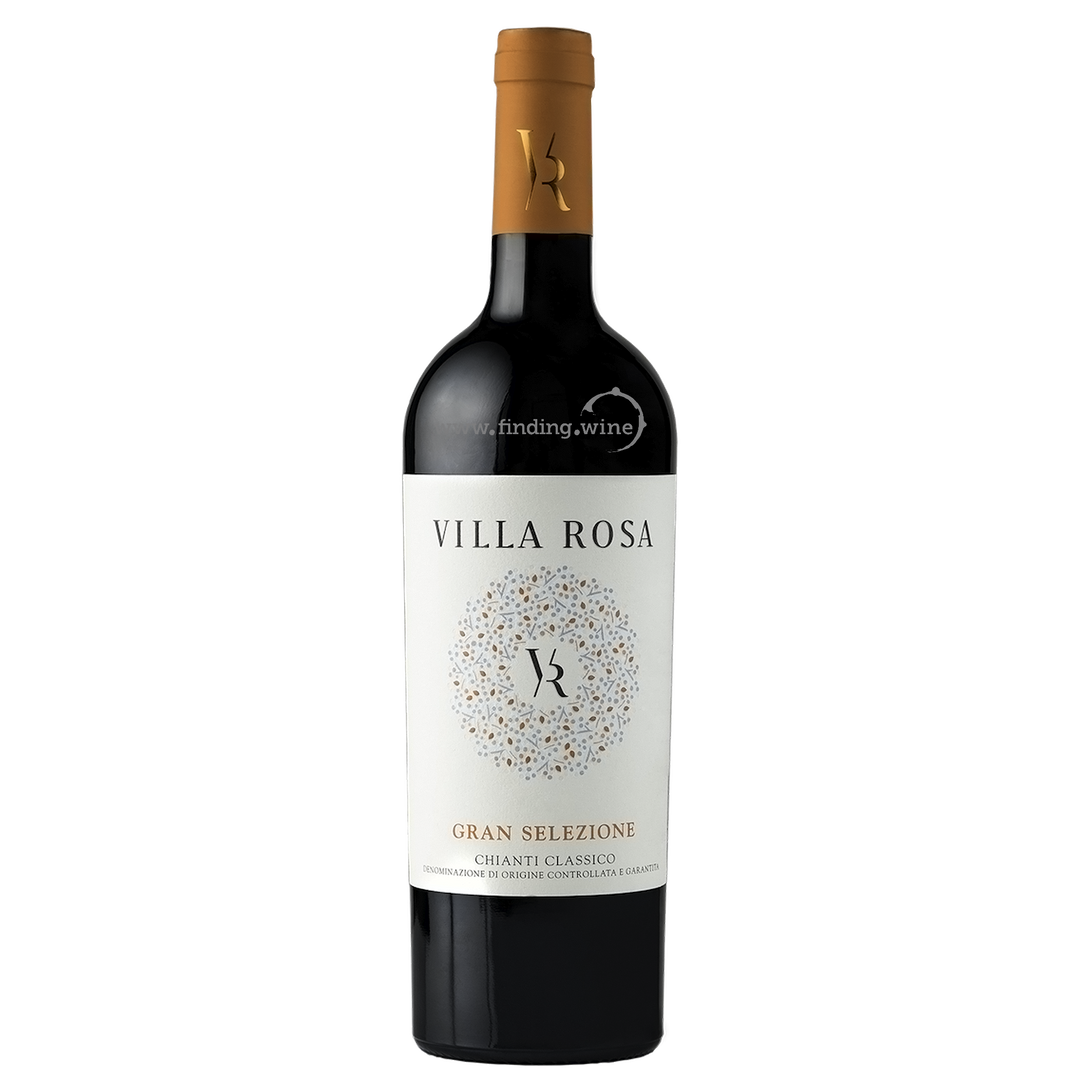






Leave a comment